
UDK: 578.82/.83
E.V. Molchanova 1, 2, A.Yu. Machneva 1, 2, A.D. Gerasimova 1, E.A. Gusev 1, T.S. Chigareva 2, D.N. Luchinin 1
1Волгоградский научно-исследовательский противочумный институт, Волгоград, Россия 2Волгоградский государственный медицинский университет, Волгоград, Россия
In the Volgograd region, a large number of febrile patients are registered annually in the summer. Most often, such patients are diagnosed with West Nile fever, however, the clinical manifestations of this disease are similar to the symptoms of other arbovirus fevers, for example, Usutu, Sindbis, Ukuniemi. On the territory of the Volgograd region, the circulation of West Nile and Crimea-Congo hemorrhagic fever viruses has been established. In addition, other arboviruses, pathogenic for humans, apparently circulate in the region, the full species composition of which has not yet been established. The existence of a number of arboviruses in the region is due to the possibility of a systematic introduction of pathogens by migratory birds, the presence of certain types of reservoirs and carriers here. In different years, antigens of the Sindbis virus, the California serogroup (Inko, Tyaginya virus), Batai, Ukuniemi viruses, and specific antibodies to them were detected in the field material, which indicates the presence of these pathogens in the region. The review provides a potential spectrum of arboviruses pathogenic for humans circulating in the Volgograd Region, as well as its abiotic (climate, bird migration pathways) and biotic factors (carriers, reservoirs).
arboviruses, WNV, CCHF, vectors, reservoirs, factors
Елена Владимировна Молчанова, elenakalinki@yandex.ru